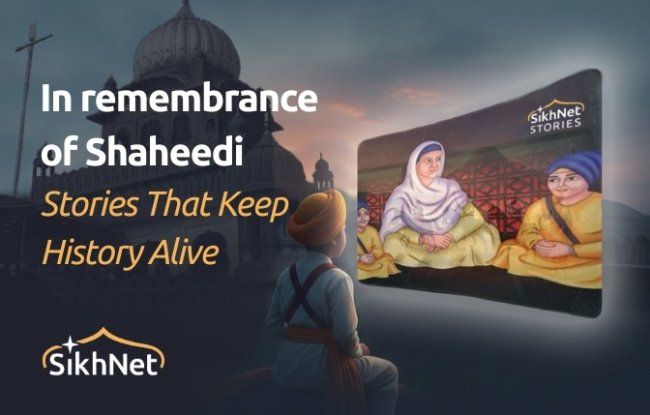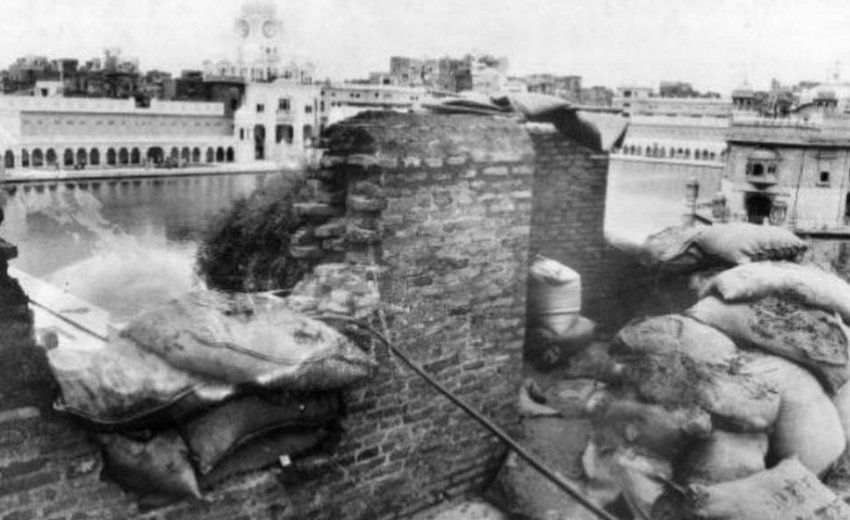New Delhi, June 04, 2008 : In the first week of November, many Sikhs and their sympathisers place candle in their window sill and whisper a silent prayer in memory of more than 4,000 Sikh men, women and children killed in 1984 Sikh genocide. It is a candle light vigil to mourn the death so that the victim may be sufficiently detached and righteous to break the cycle of birth and death and return to the Almighty.
On a fateful November 1, 1984, large mobs from suburbs of Delhi and bordering villages of Uttar Pradesh carried iron rods, machetes, knives, clubs, staves, and combustible material such as gallons of kerosene to exterminate the Sikhs. Their shops and houses were ransacked and burned. The death toll in Delhi alone was 2,733, of Sikhs who were burned alive, knifed or clubbed to death.
The wily culprits insidiously used the voters' lists to identify Sikh houses and their business premises. Also mobsters swarmed into Sikh neighborhoods, arbitrarily killing any Sikh men they could lay their hand on. To prevent Sikhs from taking refuge in gurdwaras, most of Delhi's gurdwaras were effectively roadblocked in the early hours of the violence. The expedient means of setting houses ablaze was used to get at Sikh families who had taken refuge on the roofs of their homes. Some families were burnt alive. The armed mobs stopped buses and trains and other modes of transport, in and around Delhi, pulled out Sikh passengers to lynch or douse with kerosene to burn them alive. The massacre of Sikhs was being carried out with macabre ferocity and surprising impunity.
These unfortunate Sikhs, had been denied the readings of holy Psalm of Peace from Sukhmani Sahib composed by the fifth Guru Arjan Devji, to console the dying person. Many of them died before they could know. On the day of their cremation, the fear of mob attack could not make the ceremonial death ritual complete. Not all the victims were taken to the Gurdwara or home where hymns (Shabads) from the Guru Granth Sahib, the Sikh Scriptures are recited by the congregation, which induce feeling of consolation and courage. Also Kirtan were performed rarely by ragis or their relatives of the deceased who were nearly frozen sitting near the corpses.
One of the hapless victims of Sikh genocide was a family in Rajinder Nagar. A mob stormed into house and eliminated all the members of the family. Ever since the house is deserted and haunted by the former residents. Ravi Shankar, journalist and known political cartoonist, says, "The neighbours hear the phone ringing, the TV playing, the taps running and noises of children at play, though the place has been bare and deserted ever since."
It was a close-knit family, who enjoyed living together with their children cavorting in the balcony while the elders occupied themselves running the household chores. Neighbours still remember them as a generous and lively family. Probably they chose to remain the same way after their death.
-By Sarat C. Das, Hindustan Times

